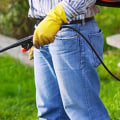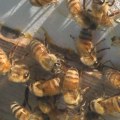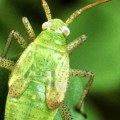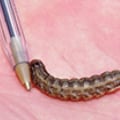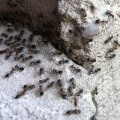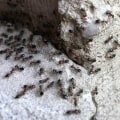The most common method of pest control is the use of chemical pesticides that kill pests or inhibit their development. Pesticides are often classified according to the pest they intend to control. The most common method of pesticide application is to use a bacterium, an insecticide or a biological control. A bacterium called Bacillus thuringiensis produces a toxin that kills the insect or caterpillar in your midgut.
There are many different formulations of Bt that can be applied to a specific type of plant or area, and are safe for both humans and pets. The most effective and widely used type of pest control is the use of chemical pesticides. Due to their reliability, there are several types of pesticides available to combat rodent and insect infestations. Regardless of the type of pesticide used, it is always important to read and follow the instructions carefully, as most of them are highly toxic.
Conventional chemicals are used only as a last resort in an IPM program, but are sometimes the most effective means of control. To have the greatest effect, these materials must be applied to a specific part of the plant when the pest is most vulnerable. Always apply chemical controls according to label instructions. In this way, pests will revolve around the trap crop, making it easier to control it with other methods, such as the use of pesticides.
The Pest Damage Prevention Act of 1949 allows local authorities and licensed businesses to conduct pest control where there is a significant risk of damage from pests such as rats. Gel bait can be quite effective in eliminating cockroaches, in fact, it is often used by most pest control companies in Houston. It requires planning, observation of pest migration patterns, and experience with the pest you are facing. Even today, keeping a cat on a farm can reduce the number of rats, which can be a very economical alternative to professional methods of pest control.
Biological methods of pest control are mainly used on farmland and involve the deployment of a pest predator. Barriers include window screens to keep healthy and annoying pests out of buildings and plant pests out of greenhouses, floating row covers for many horticultural crops, and plant collars to prevent cutworms from attacking plants such as tomatoes. The result of this method of pest control is twofold if the conditions in which ladybugs will proliferate are maintained. These include regular monitoring to detect signs of pests and situations that may lead to or increase the risk of pest infestations; taking pest control measures to eliminate the source of infestation; and keeping records of pest incidents and measures used to prevent, monitor and control pest infestations infestations.
Using physical or biological techniques to control pests means you won't be exposed to potentially harmful chemicals; toxicity can be detrimental. The advantage of the fogging pest control method is that it is considered environmentally friendly, it is odorless and leaves no residue that is difficult to clean. A good way to get rid of pests is to ask questions and learn about the types of pests in your area. Physical methods of pest control are based on catching, killing and eliminating insect and rodent pests.
Without pest control practices, food hygiene, food regulation and sanitary regulations would not be adequately achieved.

